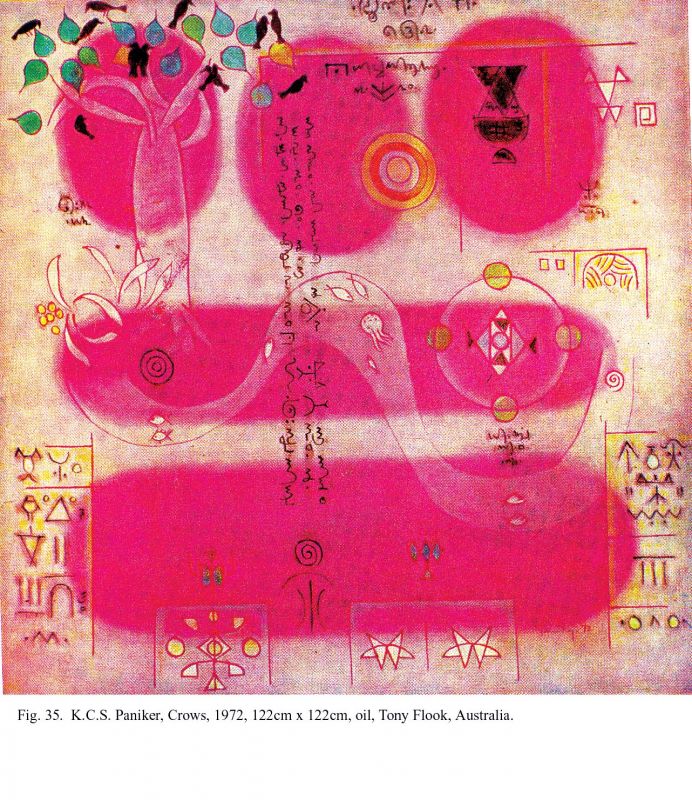Madras' heart of art
The show traces artworks by some of the most glorious Madras artists from 1960s to 1980s.

National Gallery of Modern Art has been playing host to some stunning shows of late and the current show Regional Modernity showcasing rare works of the Madras Art Movement curated by Ashrafi Bhagat is not just any show. It reveals stories of how the Madras Art Movement evolved under the watchful guidance of KCS Paniker who was most influential in forming the group. As the show unfolded last week, many dignitaries including the ever-lightning Sudhakar Rao, Advaitha Gadnayak and Ashrafi Bhagat spoke about their experiences and on how important the show was for them, and how crazily it was getting delayed, year after year. Dr Ashrafi Bhagat thanked the people who were involved in the art show, and conceded that it was the efforts of everyone involved which made the show possible. The speeches were as eloquent as the works on display. Veteran artists like SG Vasudev and Hariraam Veeragahavan were present at the unveiling. The show traces artworks by some of the most glorious Madras artists from 1960s to 1980s.
While most of the artworks have been procured from the National Gallery of Modern Art, New Delhi, and even few were procured from artistes and private collections. The exhibition will have the representation of artists who shaped and contoured the modernity in the south popularly known as The Madras Art Movement. It was a modern regional phenomenon, which through the lens of tradition began forming its special characteristic from mid-1950s. Its initiation began with the concerted efforts of pioneers as KCS Paniker and S Dhanapal in painting, and sculpture later extended by other artists who played a seminal role in its growth and development. This art movement had a character and identity, which though consanguine in many respect to the modern Indian art, was different and distinct. Modernity in Madras achieved its special character by rooting it in regional culture. For modernity to take shape, the pedagogical space of the art institution namely the Government College of Arts and Crafts (established 1980) pr
oved crucial, becoming the locus for the emergence of this movement which had been initiated under the tenure of DP Roy Chowdhary, the first Indian artist principal. He was followed by KCS Paniker, the next administrative head who brought in a study of European Modern Art. The pedagogy subscribed by Paniker opened avenues, for experimentation in techniques, conceptual and creative forays for individual expression, which became the hallmark of the Art Pedagogy at the school. The interplay of tradition and modernity provided the framework for the Madras artist in the 1960s. Within the Madras Art Movement, it is possible to draw out two broad areas within which the artists visualised their creative temper. This was the “figurative” and the “abstract” mode. A few women artist who defied the patriarchal hierarchy were also able to define their individual artistic authority. They were Arnawaz Vasudev TK Padmini, Rani Nanjappa and Anila Jacob. the artworks on display are a treat to watch and the sculptures as well,add to the glamour of the show. One show you shouldn’t miss for its sheer class.
The writer is an art expert and curator.


